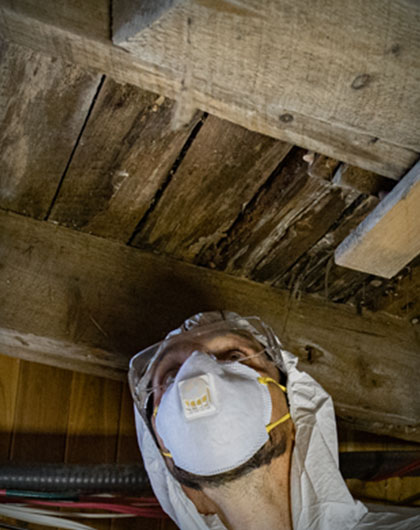
Historic houses are treasures that show how our history is woven together. Mold, on the other hand, can grow quietly inside old buildings, which is very bad for your health. This piece talks about how mold in old buildings affects the air quality inside and people's health, allergic reactions, long-term health effects, proactive ways to keep things safe, and how important it is to get rid of mold right away.
The air we breathe has a big effect on our health, and old houses are no different. Mold growth in these old buildings can make the air inside less healthy, which can cause a number of health problems. Once mold spores are in the air, people can breathe them in and possibly get lung problems or allergic reactions.
The Environmental Protection Agency (EPA) says that the air inside can be two to five times more dirty than the air outside. Mold is one of the main causes of indoor air pollution in old houses.
Mold can cause allergic responses in people who are more likely to be affected. Sneezing, breathing, itchy eyes, and skin rashes are all common signs. People who are allergic to mold may find it especially upsetting to live or work in an old building that is full of mold.
According to the Asthma and Allergy Foundation of America, more than 25 million Americans have allergies to mold.

In addition to immediate allergic reactions, prolonged exposure to mold can lead to severe, long-term health consequences.
Mycotoxins, toxins produced by mold, pose significant risks when inhaled or ingested over an extended period. These toxins are known to adversely affect the nervous system and can lead to chronic health conditions. The presence of mycotoxins has been associated with neurological issues, including headaches, memory loss, and fatigue. Furthermore, extended exposure to mycotoxins may increase the risk of more serious neurological disorders, potentially impairing cognitive functions and coordination. These toxins can exacerbate respiratory issues, leading to persistent coughing and wheezing, and in severe cases, can contribute to the development of asthma or other chronic lung conditions.
It's important to note that the impact of mycotoxins on health can vary based on the individual's age, overall health, duration, and level of exposure, making it crucial to address mold infestations promptly and effectively.
Preserving old houses is not only culturally significant but also necessitates implementing strategies for effective mold prevention and removal. The construction materials used in historical buildings often lack modern water-resistant properties, creating an ideal environment for mold proliferation. Proactive preservation measures are essential to safeguard these precious assets and ensure the well-being of occupants.
When mold grows in old houses, it's very important to get rid of it as soon as possible. Mold is bad for both the building's structure and the health of the people who live or work in it. When people try to get rid of mold on their own, they often fail, which makes the problem worse.
The Centers for Disease Control and Prevention (CDC) says that mold should be removed from indoor spaces right away to keep people from getting sick.
At FDP Mold Remediation, we care about both the history of buildings and the health of the people who live or work in them. Because we are the best at getting rid of and fixing mold, we are the best choice for protecting historical items.
We have years of experience, so we know how hard it is to get rid of mold in old buildings.
When it comes to getting rid of mold in historic buildings, you should hire professionals who care about both your health and the preservation of our cultural history. Don't put people's safety or the structural stability of these important buildings at risk. Contact FDP Mold Remediation right away to get a full review and plan for getting rid of the mold.
Mold in old houses is a complicated problem that needs to be fixed. It lowers the quality of the air inside, makes allergy sufferers sick, and can cause health problems in the long run. Preventative preservation and quick mold removal are the keys to keeping our heritage safe and making sure everyone can live in a healthy atmosphere. If you want the best help getting rid of and fixing mold, call FDP Mold Remediation.



